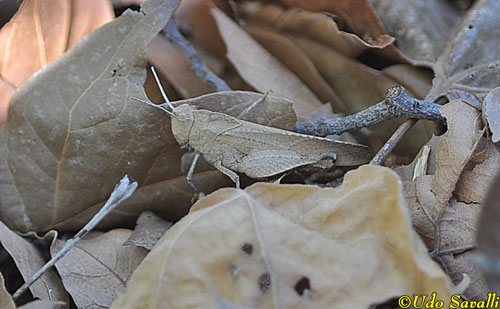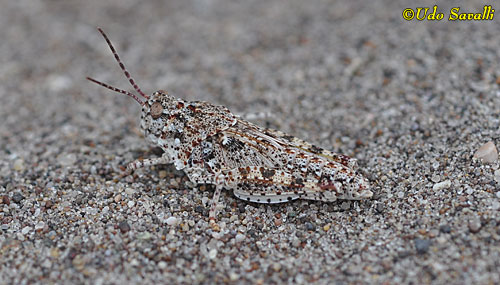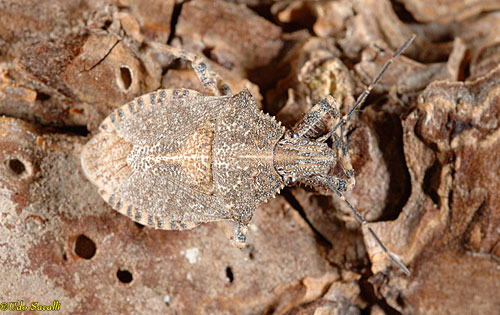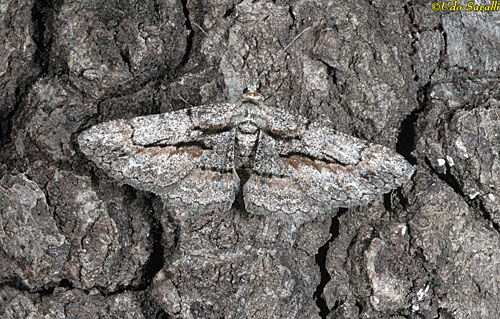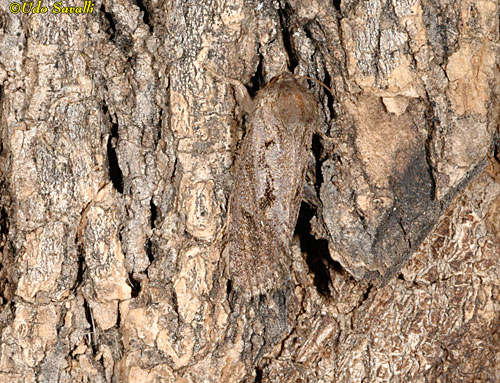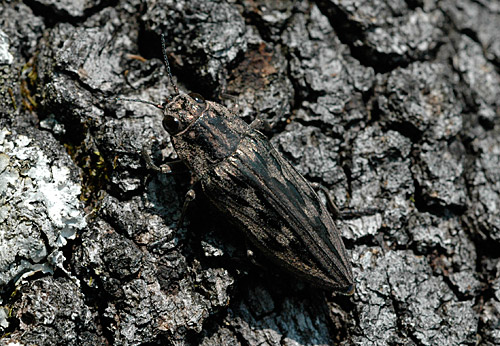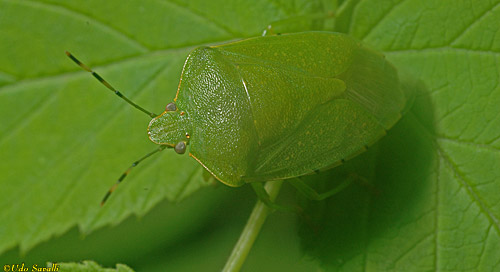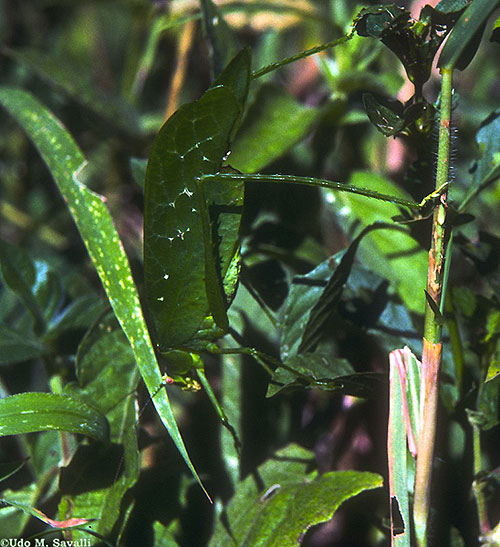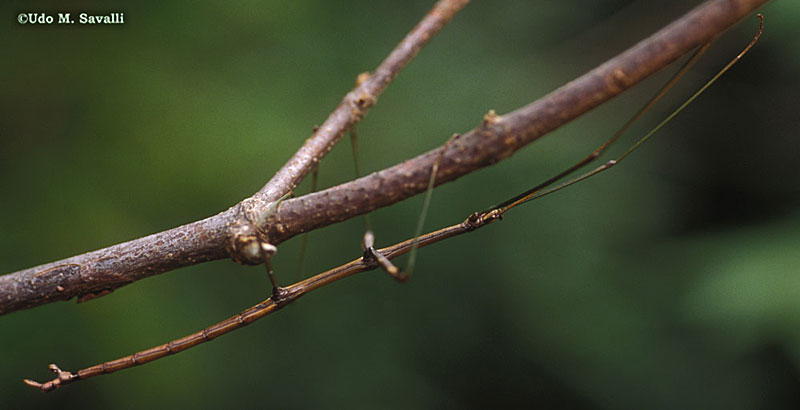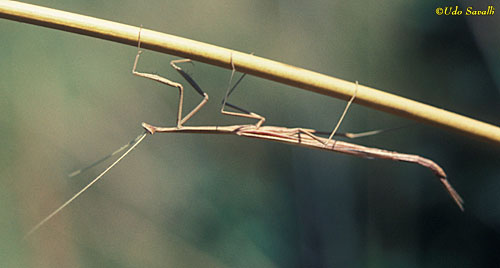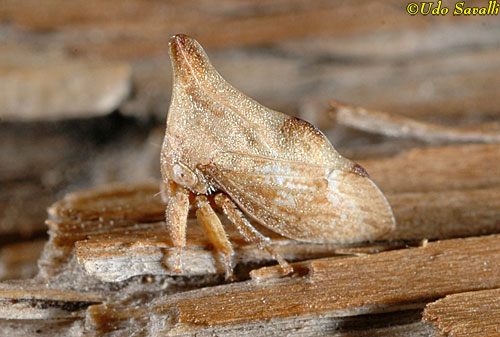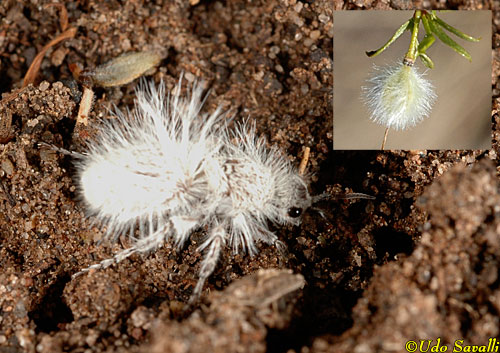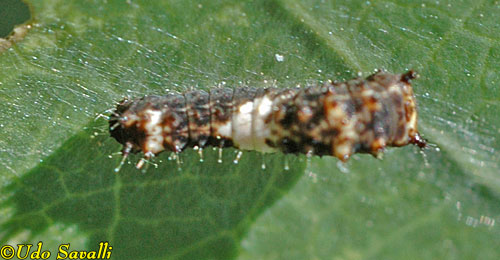BIO 385 — Invertebrate Zoology | |||
Invertebrate Diversity
| |||
Crypsis (Camouflage) | |||
|
| ||
Disruptive Coloration
| |
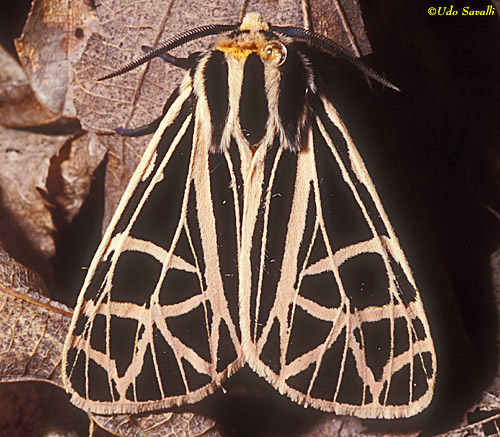
Parthenice Tiger Moth, Grammia parthenice; KY |
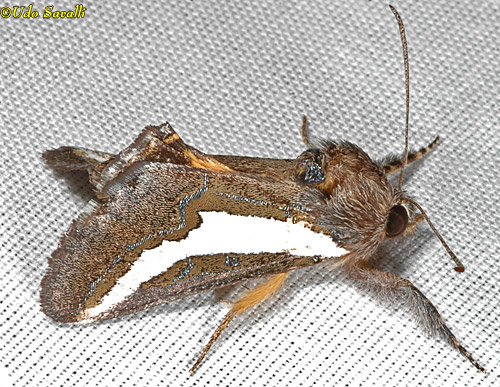
Staghorn Cholla Moth, Euscirrhopterus cosyra; AZ |
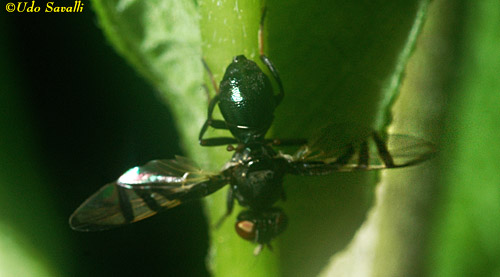
Platystomatid Fly, Rivellia sp.; KY |
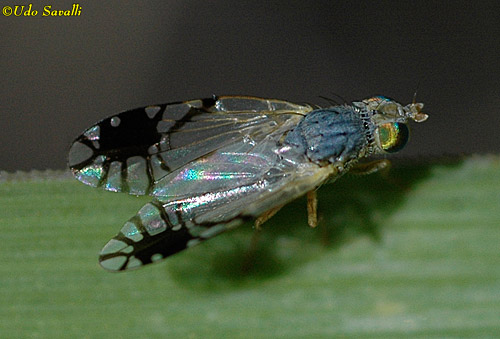
Fruit Fly, Trupanea sp.; AZ |
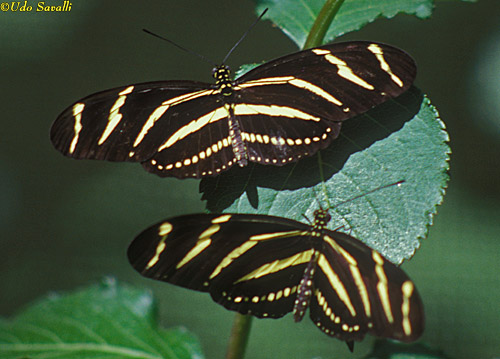
Zebra Longwing, Heliconius charitonius |
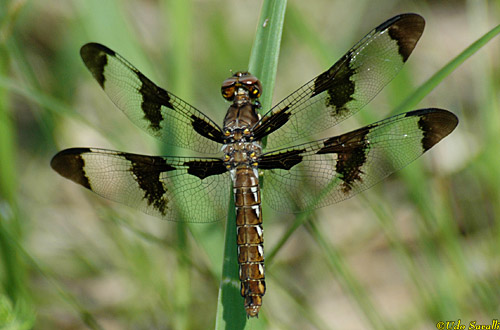
Common Whitetail, Libellula lydia, female; KY |
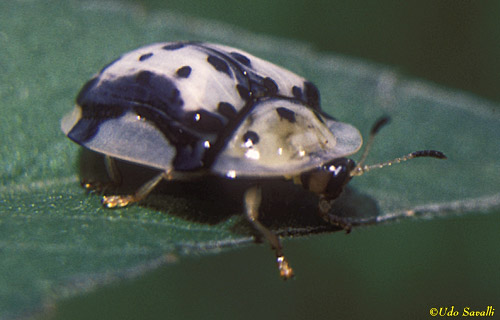
Tortoise Beetle, Aspidomorpha sp.; Kenya |
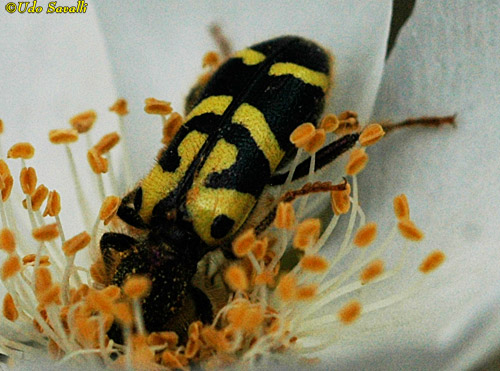
Ornate Checkered Beetle, Trichodes ornatus; AZ |
Unusual shapes and irregular edges can also disguise shapes: | |
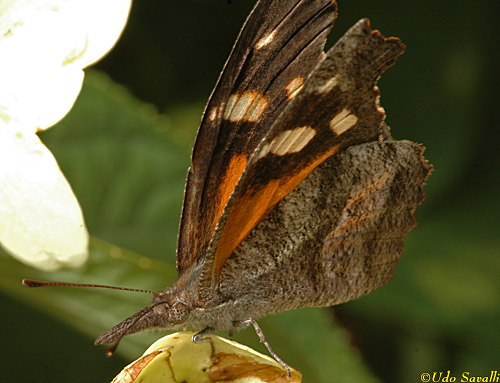
American Snout Butterfly, Libytheana carinenta; KY |
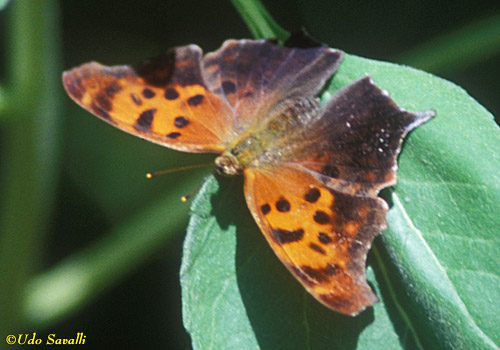
Eastern Comma, Polygonia comma; NY |
Deflection Displays
| |
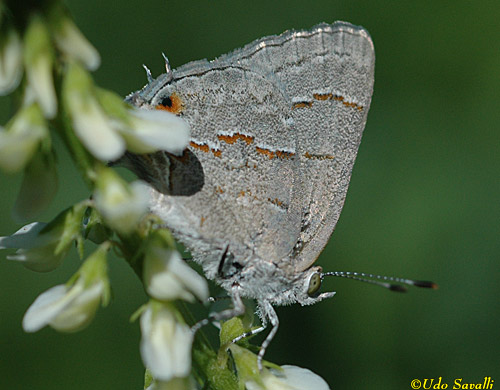
Leda Ministreak, Ministrymon leda; AZ — Note eye spot and antenna-like tails on hindwing |
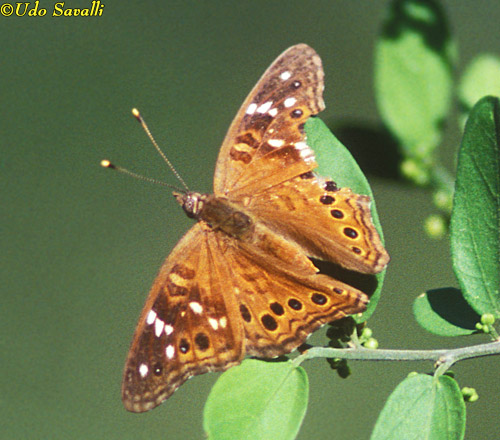
Painted Lady, Vanessa cardui; TX — eyespots and other bright markings along edge of wings can deflect predator attacks away from main body |
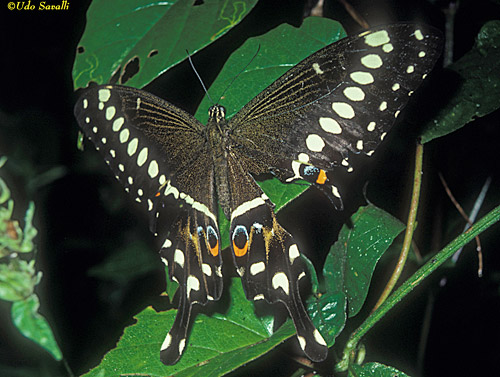
Central Emperor Swallowtail, Papilio lormeri; Kenya — The tails and markings of swallowtail butterflies can deflect predator attacks to the rear |
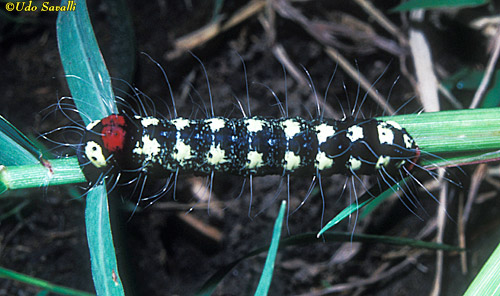
The false head at the posterior end of this unidentified caterpillar may deflect predator attacks (the real head is at right); Kenya |
Startle Displays
| |
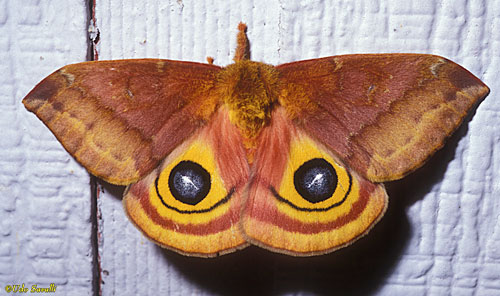
Io Moth, Automeris io; KY |
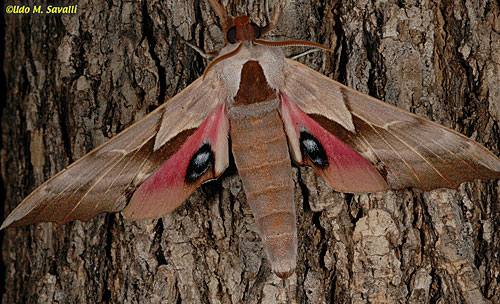
One-eyed Sphinx Moth, Smerinthus cerisyi; AZ |
Aposematism (& Müllerian Mimicry) | |
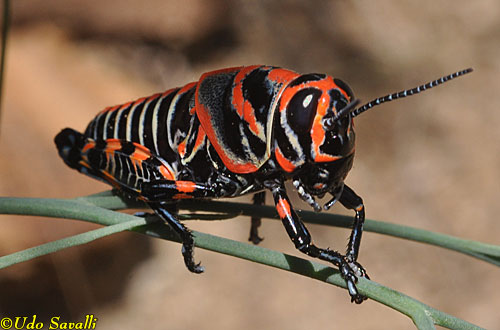
Rainbow Grasshopper, Dactylotum bicolor; AZ |
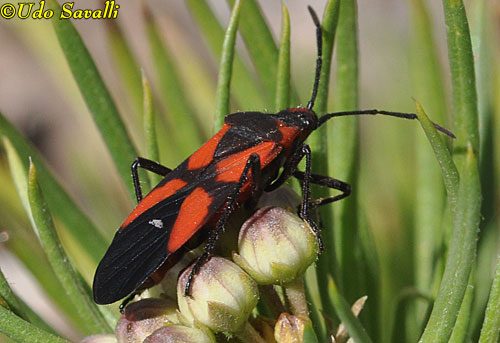
Six-spotted Milkweed Bug, Oncopeltus sexmaculatus; KY |
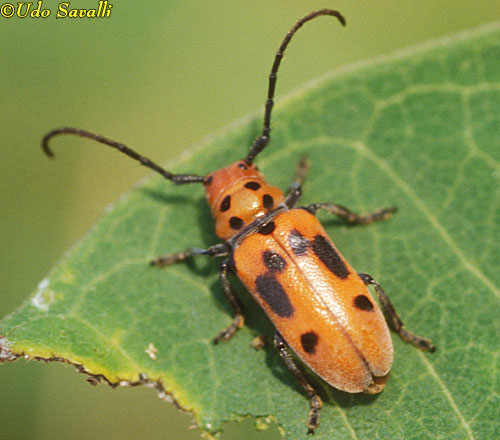
Red-femored Milkweed Beetle, Tetraopes femoratus; UT |
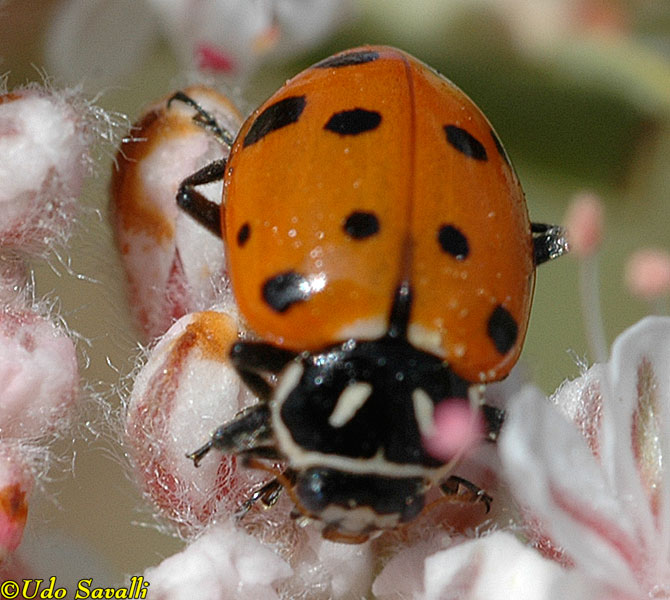
Convergent Lady Beetle, Hippodamia convergens; AZ |
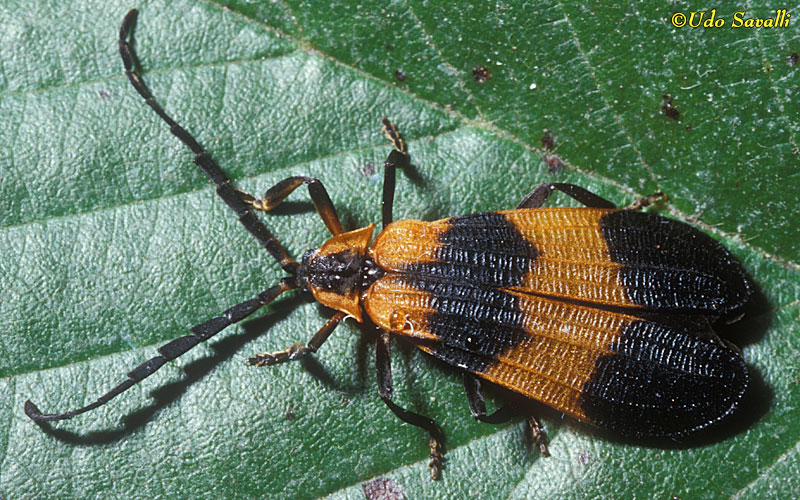
Banded Netwing, Calopteron terminale; KY |
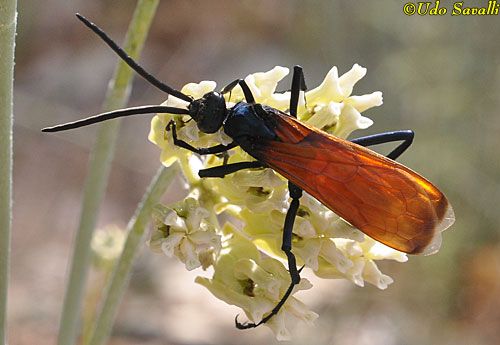
Tarantula Hawk, Pepsis thisbe; AZ |
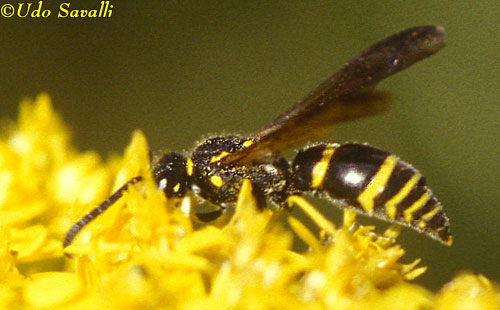
Mason Wasp, Ancistrocerus sp.; NY |
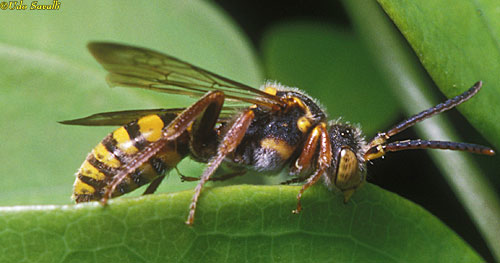
Vespid Wasp; NY |
Batesian Mimicry | |
Aposematic Models |
Palatable Mimics |
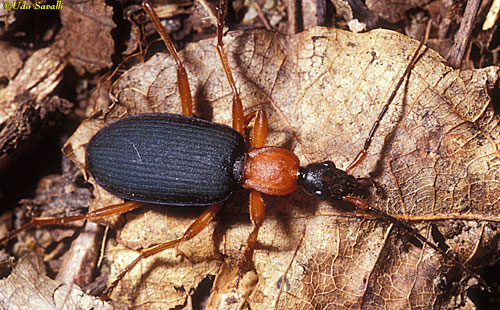
False Bombardier Beetle, Galeritula bicolor?; KY |
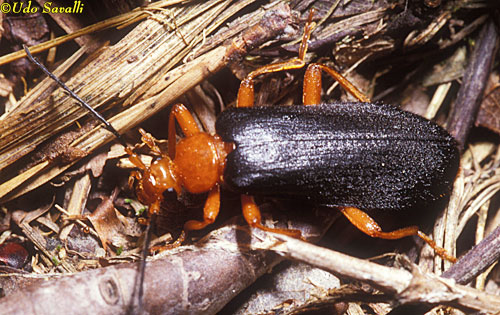
Fire-colored Beetle, Neopyrochroa sp.; KY |
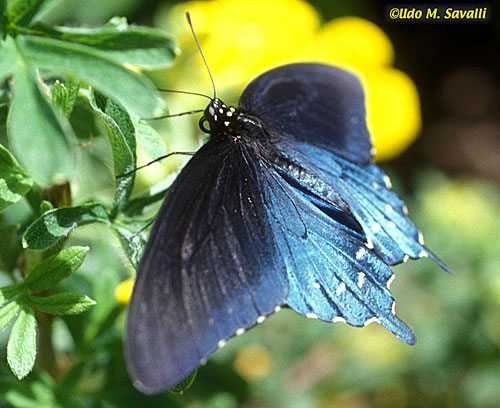
Pipevine Swallowtail, Battus philenor; NY |
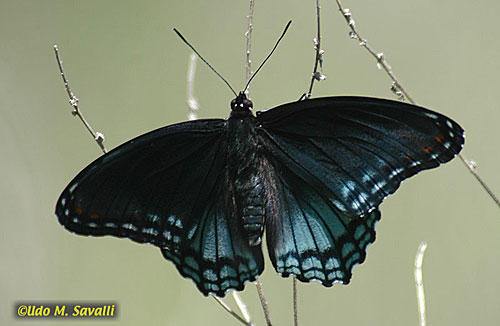
Red-spotted Purple, Limenitis arthemis astyanax; KY |
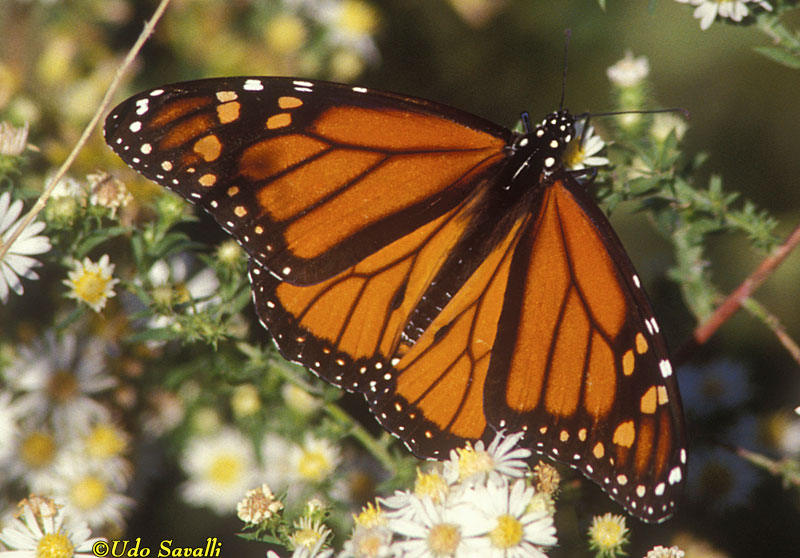
Monarch Butterfly, Danaus plexippus; NJ |
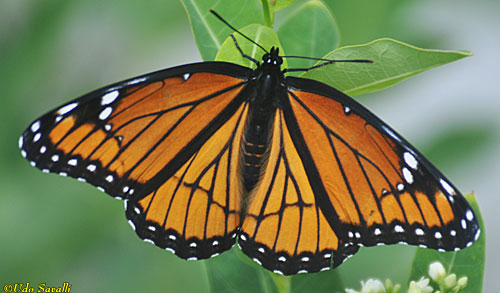
Viceroy Butterfly, Limenitis archippus; CO |
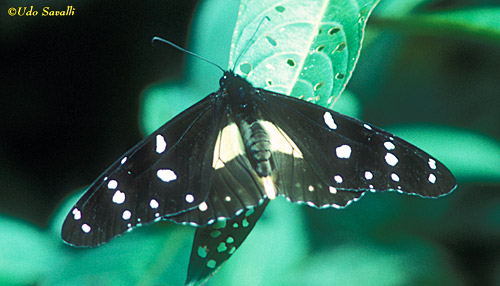
Layman Butterfly, Amauris albimaculata; Kenya |
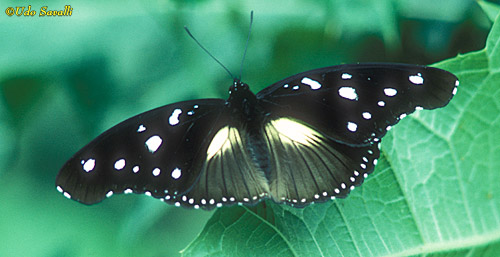
Variable Diadem, Hypolimnas anthedon; Kenya |
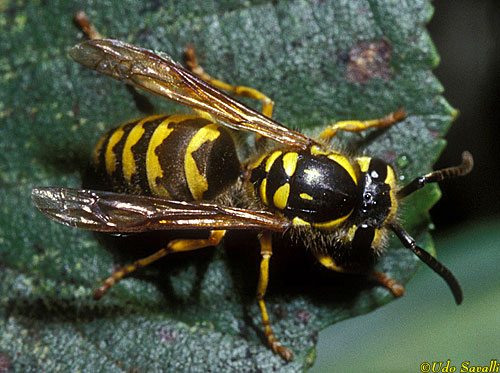
Eastern Yellowjacket, Vespula maculifrons; KY |
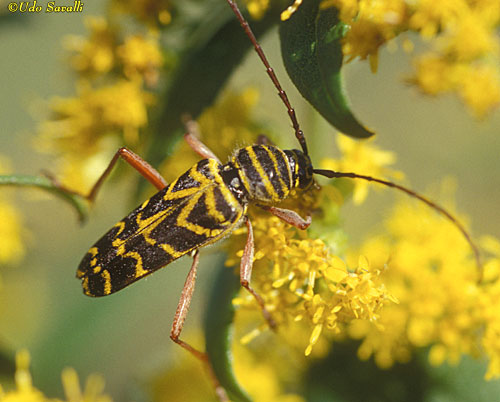
Locust Borer, Megacyllene robiniae; NY |
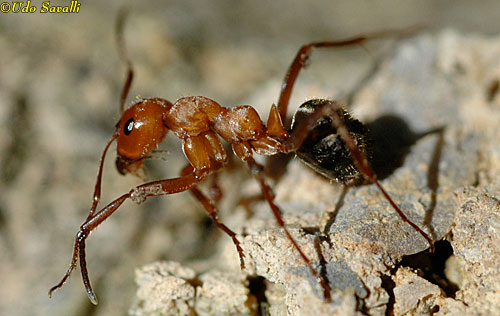
Field Ant, Formica sp.; KY |
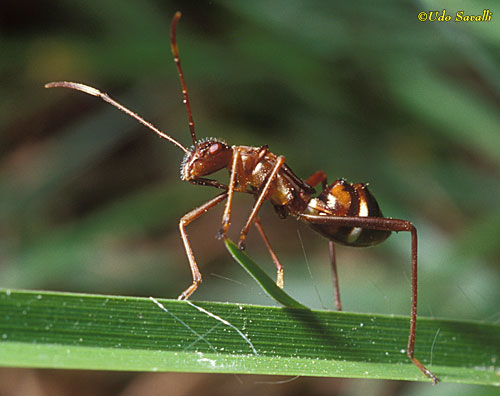
Ant-mimic Bug, Hyalymenus sp.; KY |
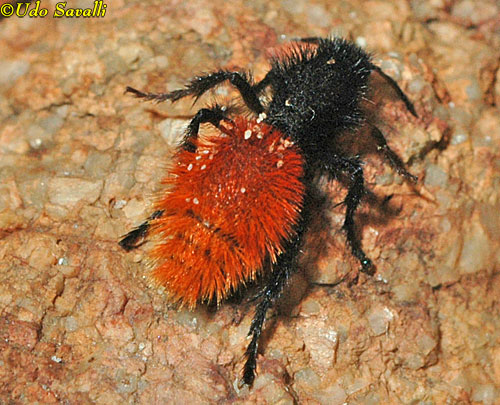
Velvet Ant, Dasymutilla sp. (actually a wingless wasp); CA |
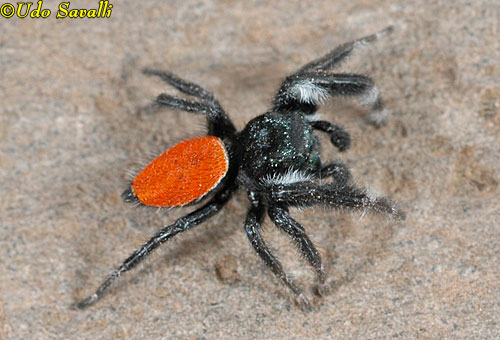
Jumping Spider, Phidippus sp.; AZ |
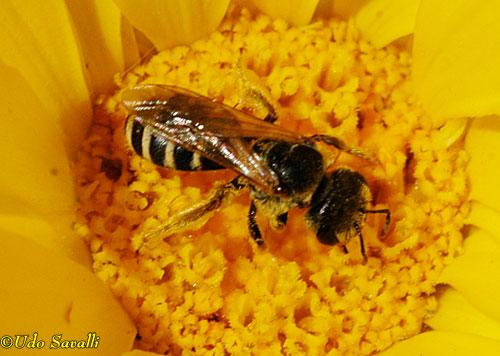
Sweat Bee, Halictus sp.; AZ |
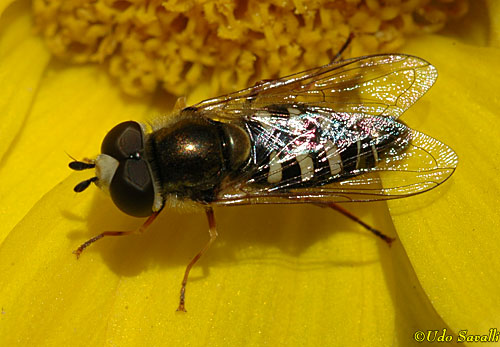
Flower Fly, Scaeva pyrastri; AZ |
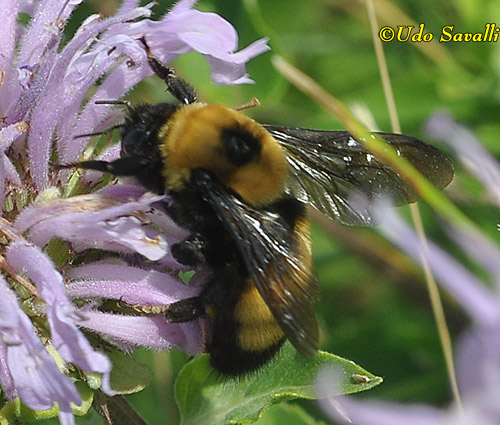
Bumblebee, Bombus sp.; NE |
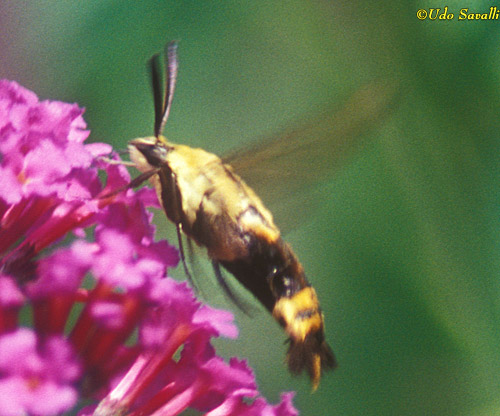
Hummingbird Moth, Hemaris thysbe; CT |
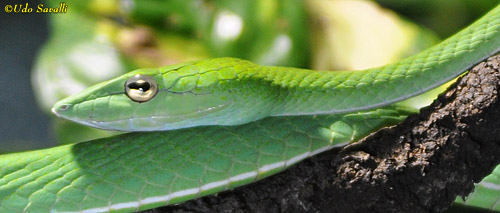
Vine Snake, Ahaetulla prasina |
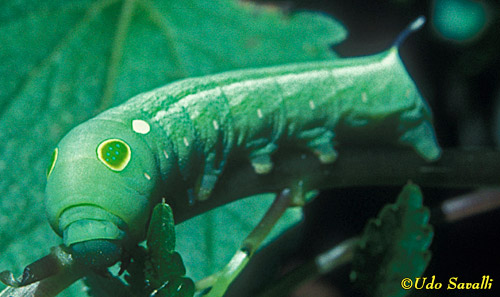
Vine Hawkmoth Caterpillar, Hippotion celerio; Kenya (this represents a general snake mimicry, not of the specific model shown) |
Aggressive Mimicry | |
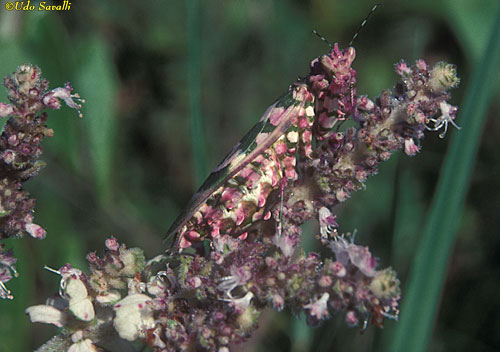
Common Spiny Flower Mantid, Pseudocreobotra wahlbergi; Kenya This mantid's coloration matches common flowers that attract pollinators |
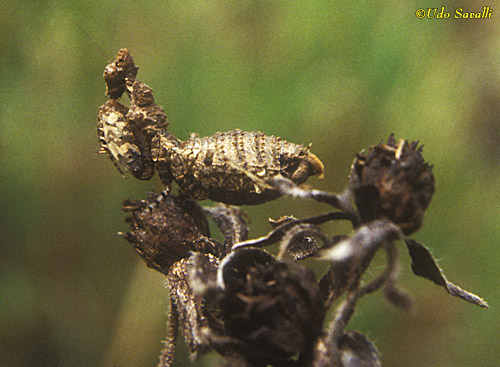
Boxing Mantid nymph, Oxypilus burri; Kenya |
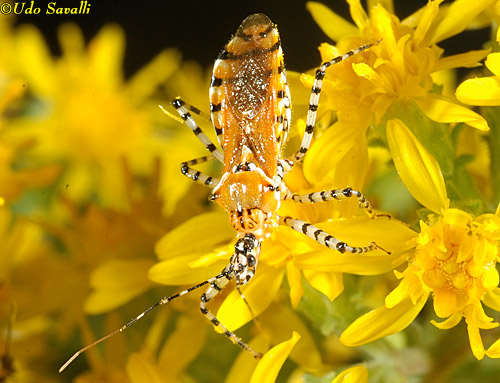
Assasin bug, Pselliopus sp.; AZ The flower-like colors may lure in its insect prey, but may also be cryptic to avoid its own predators |
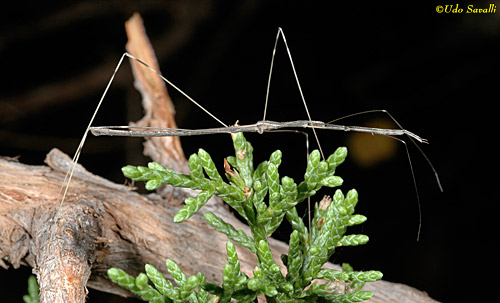
Thread-legged Bug, Emesaya sp.; AZ This bug uses its stick-like appearance to stalk its prey |
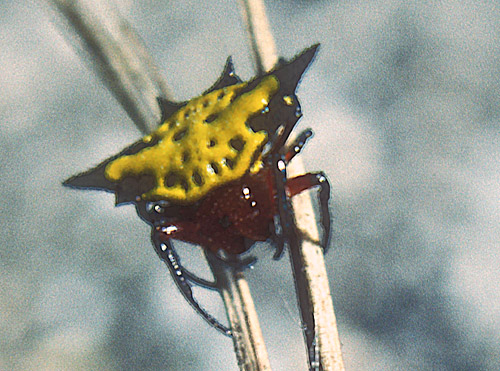
Spiny Orbweaver, Gasteracantha rhomboidea; Grand Comoro The bright colors of spiny orbweaver spiders are thought to attract pollinating insects to their web. |
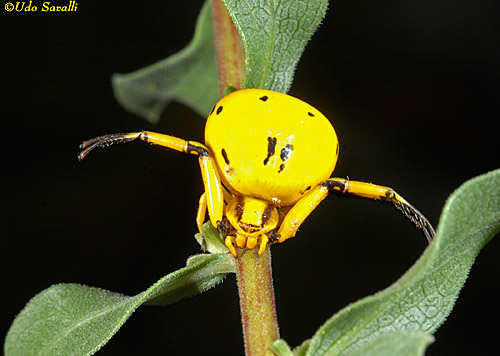
White-banded Crab Spider, Misumenoides formosipes; AZ The bright yellow color can attract insects seeking flowers |
|
This page last updated 24 September 2022 by Udo M. Savalli () Images and text © Udo M. Savalli. All rights reserved. |
